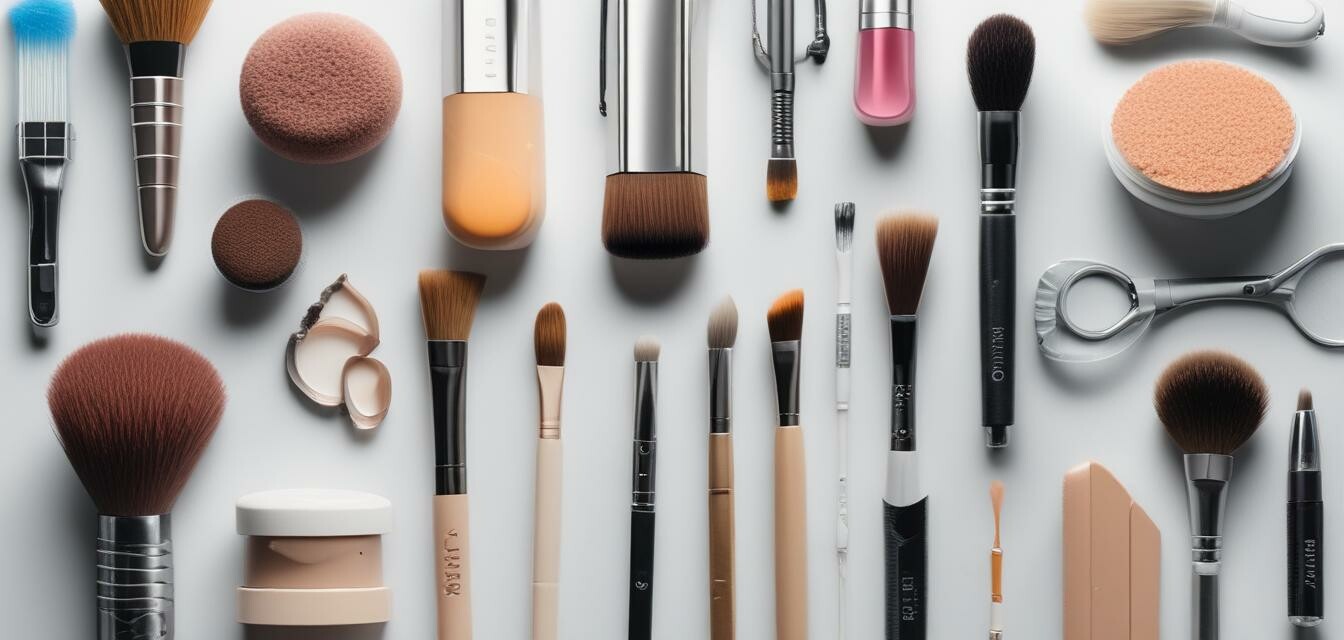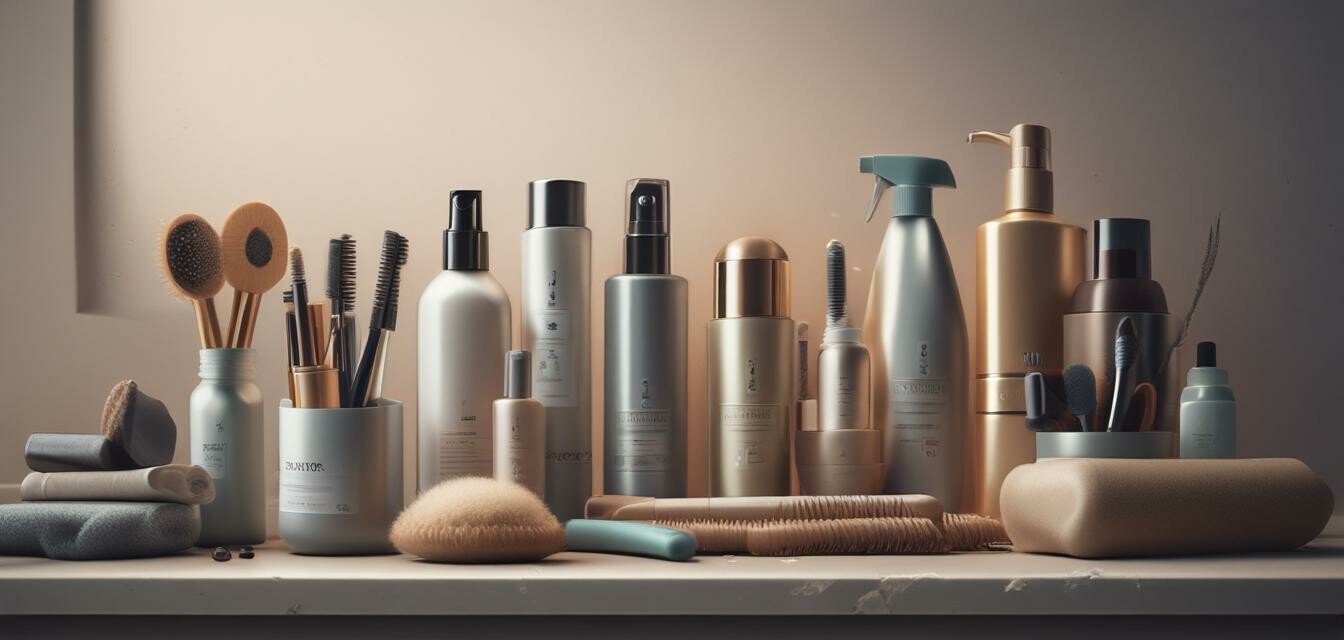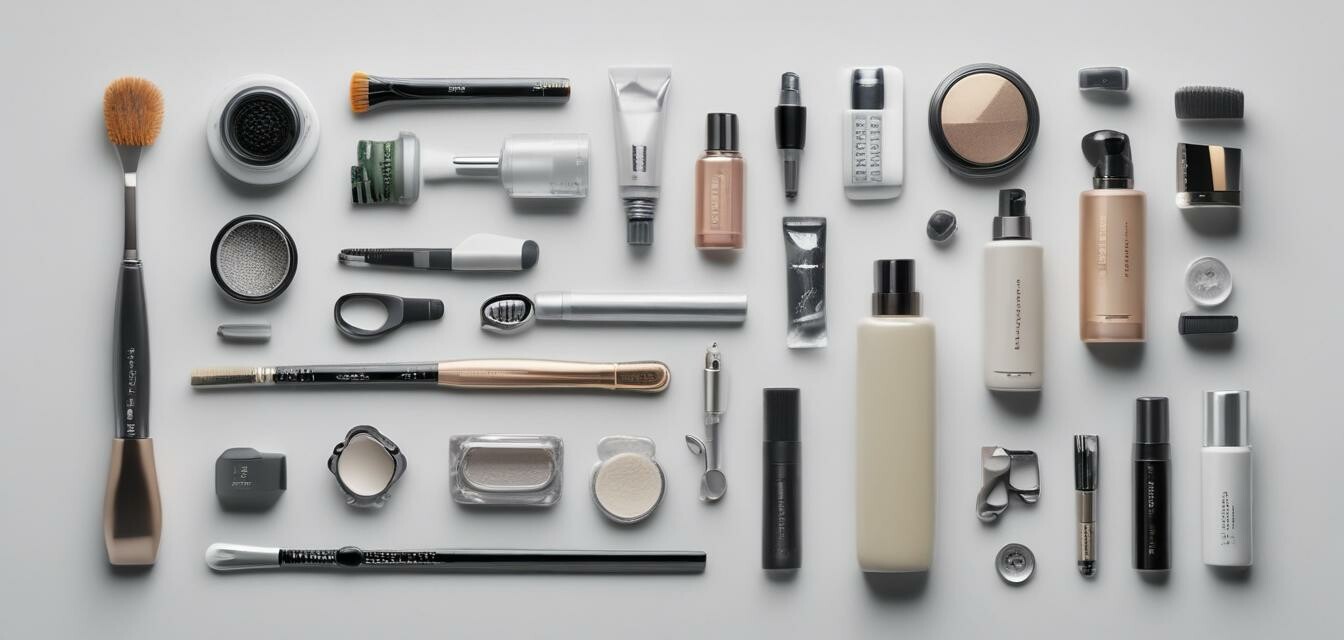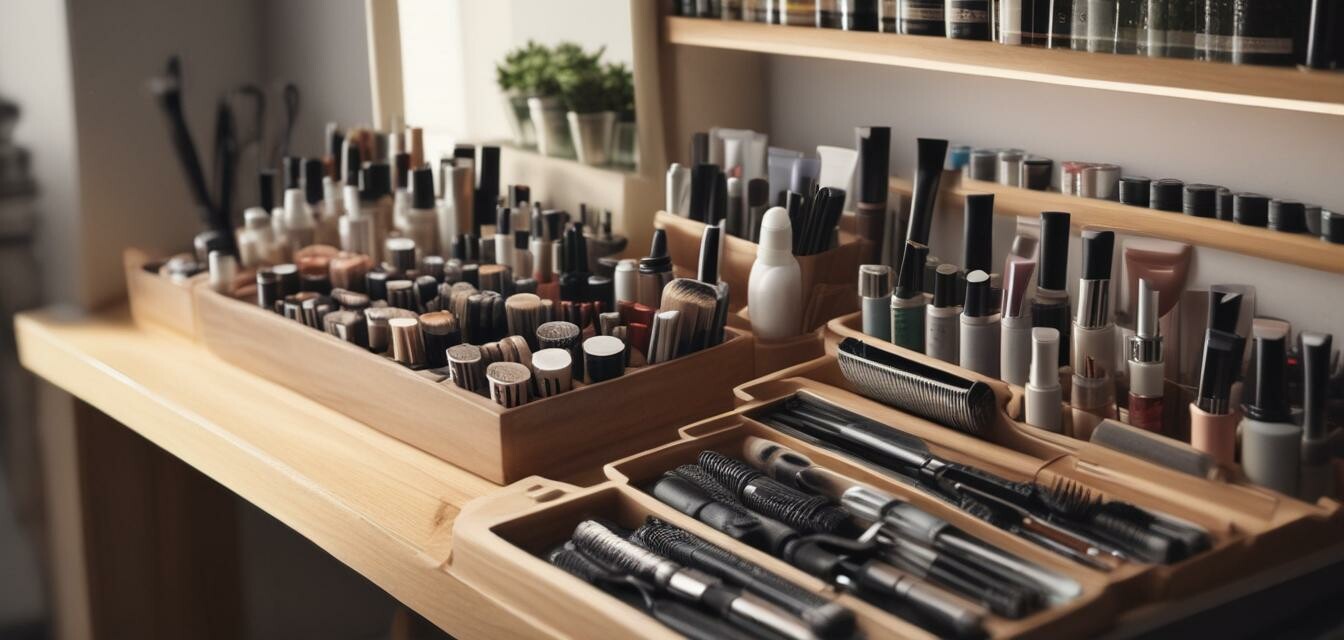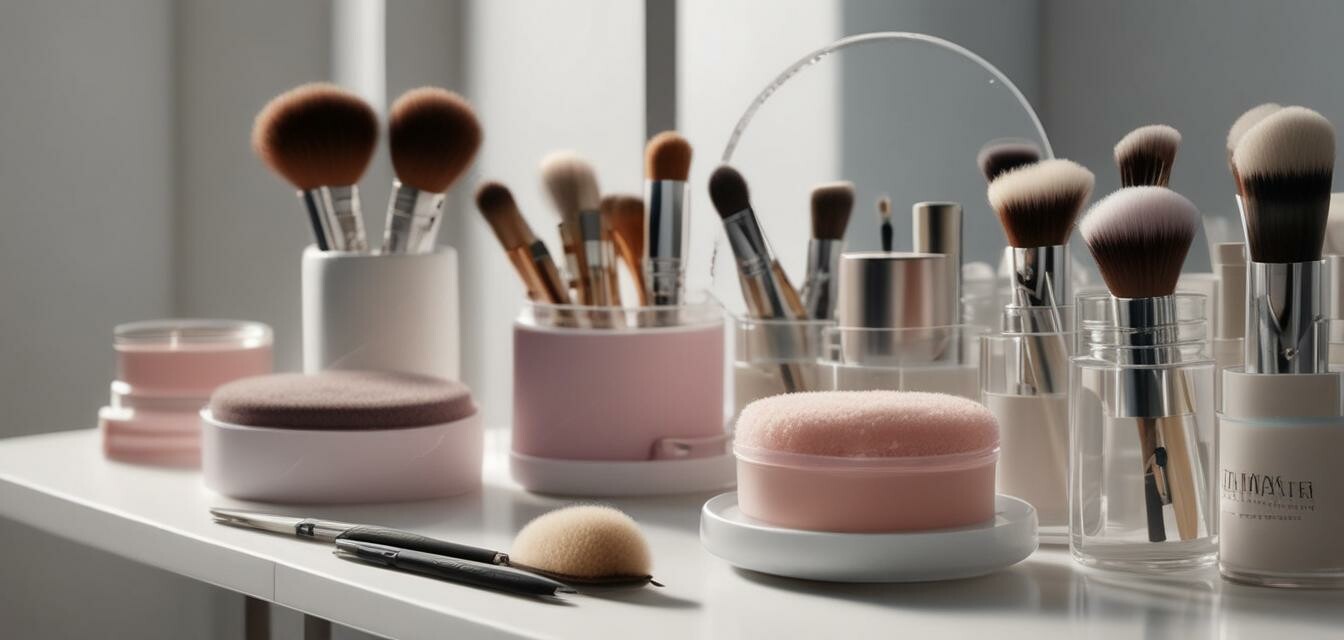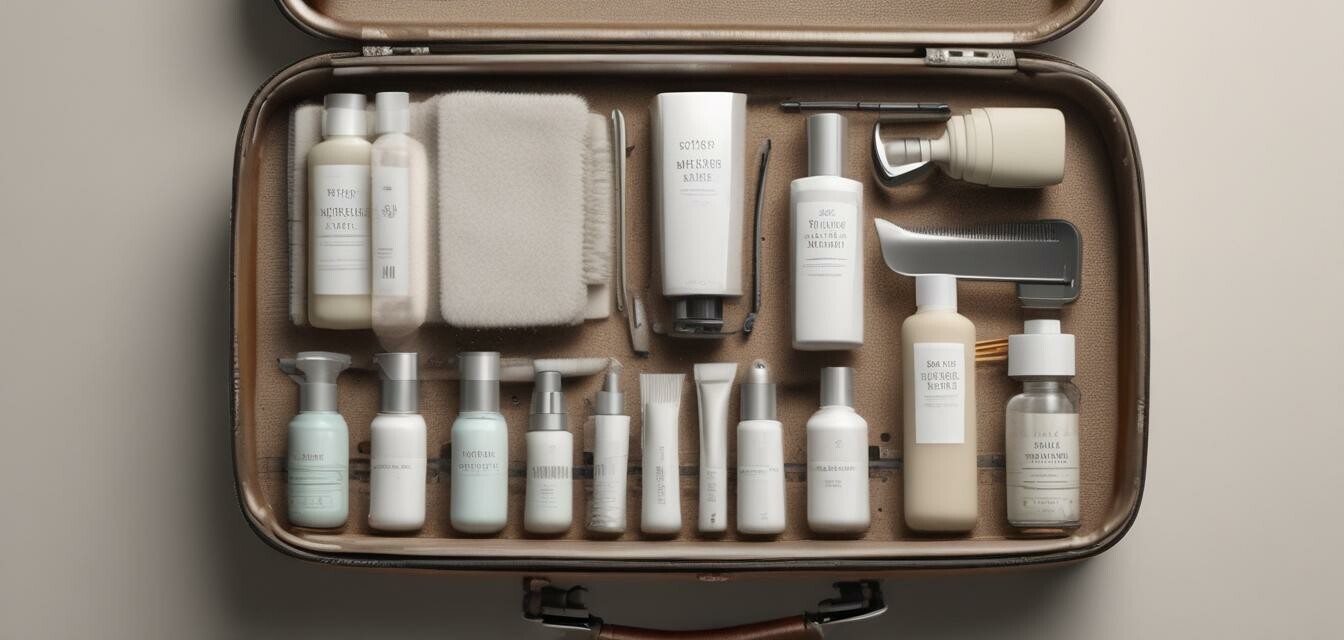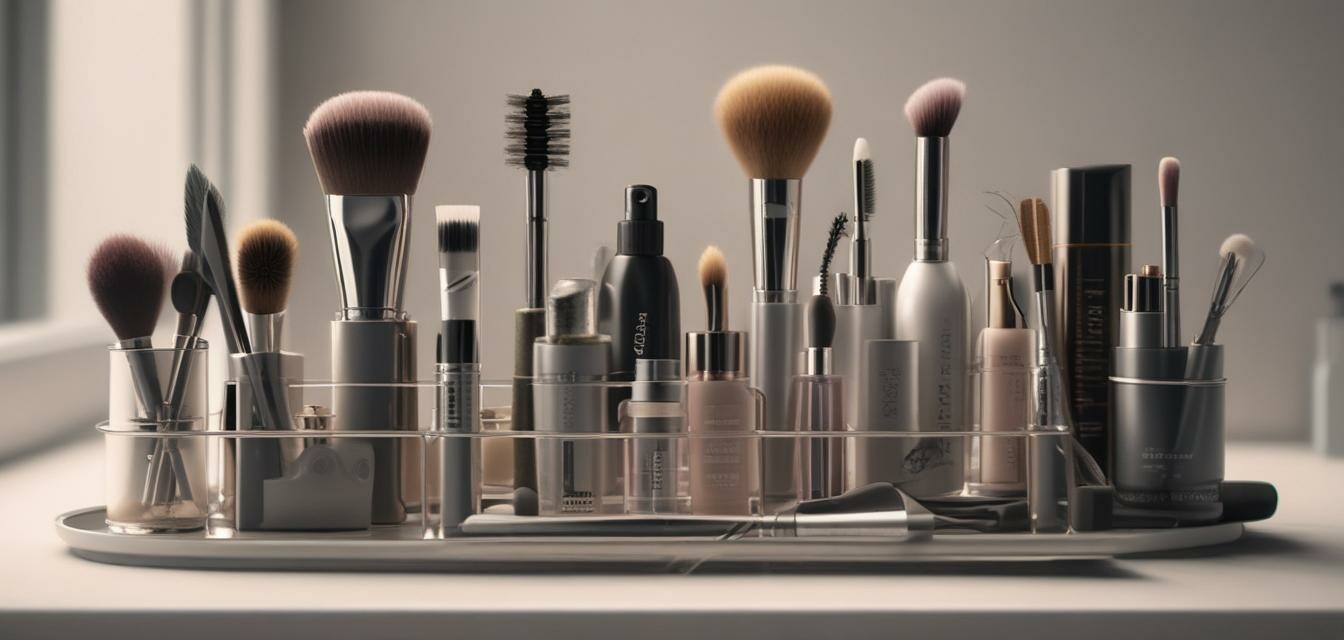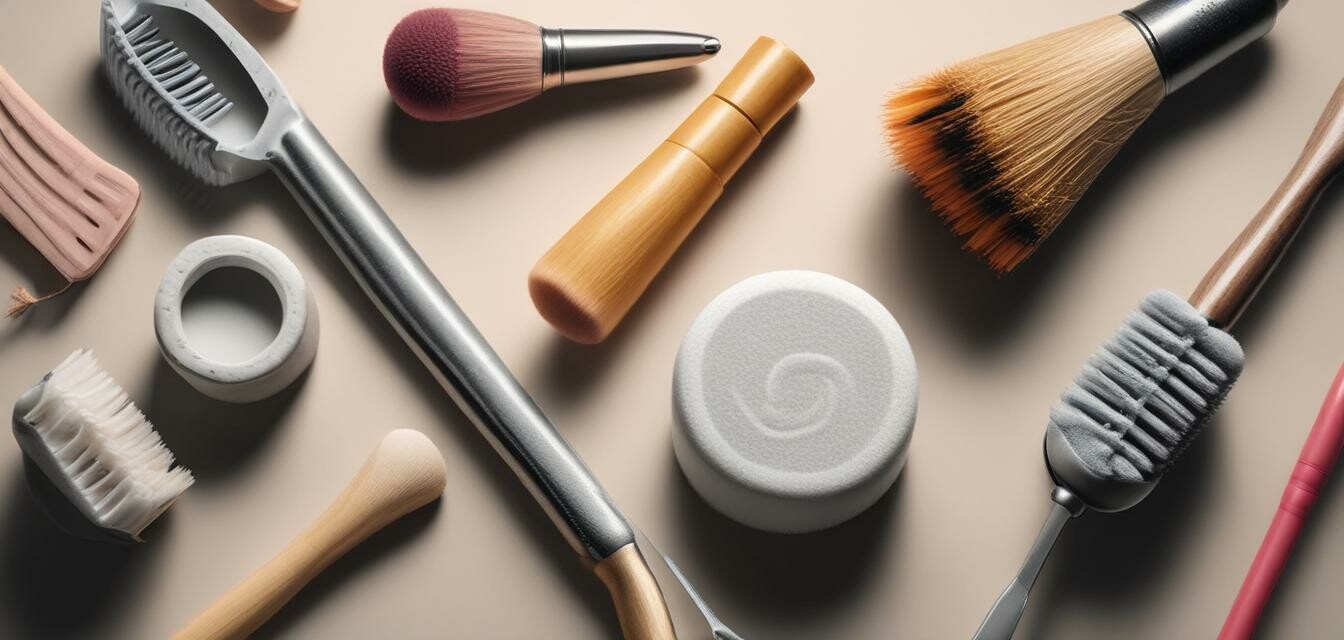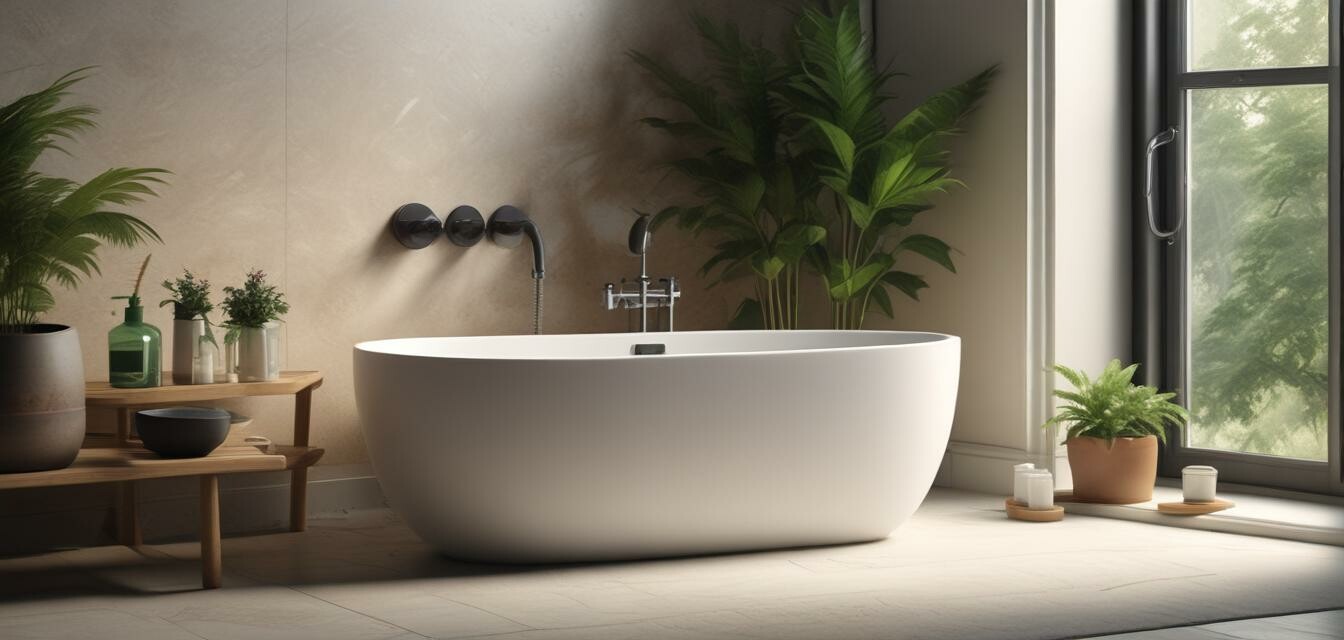
This article was generated using AI and is based on real customer reviews from the Amazon platform. It contains affiliate links, meaning we may earn a commission—at no extra cost to you. As Amazon Associates, we earn from qualifying purchases.
Eco-Friendly Beauty Tool Hygiene
Key Takeaways
- Maintaining clean beauty tools is essential for skin health.
- Eco-friendly cleaning solutions can be made at home.
- Regular cleaning of beauty tools minimizes waste and environmental impact.
- Choosing sustainable products for tool hygiene is beneficial for the planet.
Beauty tools are vital for any beauty routine, but keeping them clean poses a challenge, especially with an increasing focus on sustainability. This article explores eco-friendly methods to ensure your beauty tools remain hygienic while also being kind to the environment. Read on to discover practical tips, DIY cleaning solutions, and product recommendations that align with a green lifestyle.
Why Clean Your Beauty Tools?
Cleaning your beauty tools isn't just a good practice—it's a necessity. Regular cleaning can prevent skin issues and enhance the lifespan of your tools. Here are a few reasons why proper hygiene is essential:
- Reduces the risk of bacteria buildup, leading to skin problems.
- Increases the effectiveness of your beauty tools.
- Ensures the longevity of your investment in these tools.
Understanding the Environmental Impact
The beauty industry produces a significant amount of waste, leading to environmental degradation. Adopting eco-friendly practices when cleaning beauty tools can help mitigate this impact. Here are some points to consider:
- Many traditional cleaning products contain harsh chemicals that can harm aquatic life.
- Single-use products contribute significantly to landfill waste.
- Investing in sustainable cleaning tools and methods promotes a healthier planet.
Eco-Friendly Cleaning Solutions
There are numerous eco-friendly ways to keep your beauty tools clean. Below are some effective DIY cleaning solutions that you can easily make at home.
| Cleaning Solution | Ingredients | Usage |
|---|---|---|
| Vinegar and Water | 1 part vinegar, 2 parts water | Soak tools for 15 minutes, rinse thoroughly. |
| Castile Soap | 1 tbsp of Castile soap, warm water | Use to wash brushes and tools, rinse well. |
| Tea Tree Oil & Coconut Oil | 5 drops tea tree oil, 1 tbsp coconut oil | Mix and apply to tools for antibacterial properties. |
| Witch Hazel | Pure witch hazel | Spray onto tools, wipe with a clean cloth. |
Using Eco-Friendly Products
When searching for commercial products, consider using eco-friendly cleaners specifically designed for beauty tools. These products typically use natural ingredients and sustainable packaging. Here are some options that align with your eco-friendly goals:
- Choose biodegradable cleaning wipes.
- Look for refillable spray bottles with organic ingredients.
- Opt for tool sanitizers made from plant-based components.
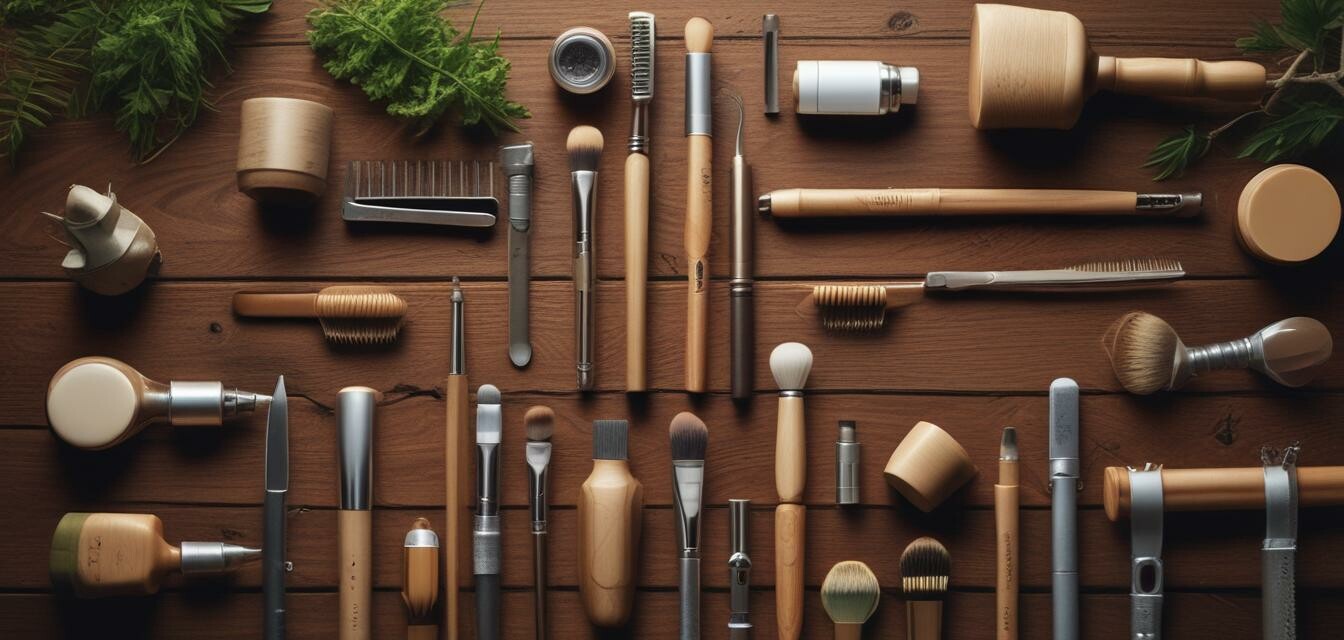
Best Practices for Tool Maintenance
Regular maintenance of your beauty tools is key to ensuring they stay clean and effective. Here are some best practices to incorporate into your routine:
- Schedule Regular Cleaning: Aim to clean your tools after every use to prevent accumulation of dirt and bacteria.
- Store Tools Properly: Keep your beauty tools in a clean, dry place to reduce the chance of contamination.
- Use Dedicated Cleaning Supplies: Avoid cross-contaminating cleaning supplies with other products.
- Recycle When Possible: Look into recycling options for old beauty tools and packaging.
Eco-Friendly Cleaning Products to Consider
While DIY solutions are great, there are also eco-friendly products available that can make cleaning even easier. Here are some popular options you might consider:
| Product Name | Type | Eco-Friendly Features |
|---|---|---|
| Biodegradable Brush Cleaner | Liquid Cleaner | Made from plant-based ingredients, biodegradable bottle. |
| Eco-Friendly Makeup Wipes | Prep Wipes | Compostable, cruelty-free. |
| Sustainable Sanitize Spray | Sanitizer | Recyclable packaging, no harmful chemicals. |
How to Choose Sustainable Tools
When purchasing new beauty tools or accessories, consider their environmental impact. Look for tools made from sustainable materials, such as bamboo or recycled plastics, to support eco-friendly practices:
- Search for brands that prioritize sustainable sourcing.
- Invest in multi-functional tools to reduce the number of products you buy.
- Check for certifications like cruelty-free and biodegradable.
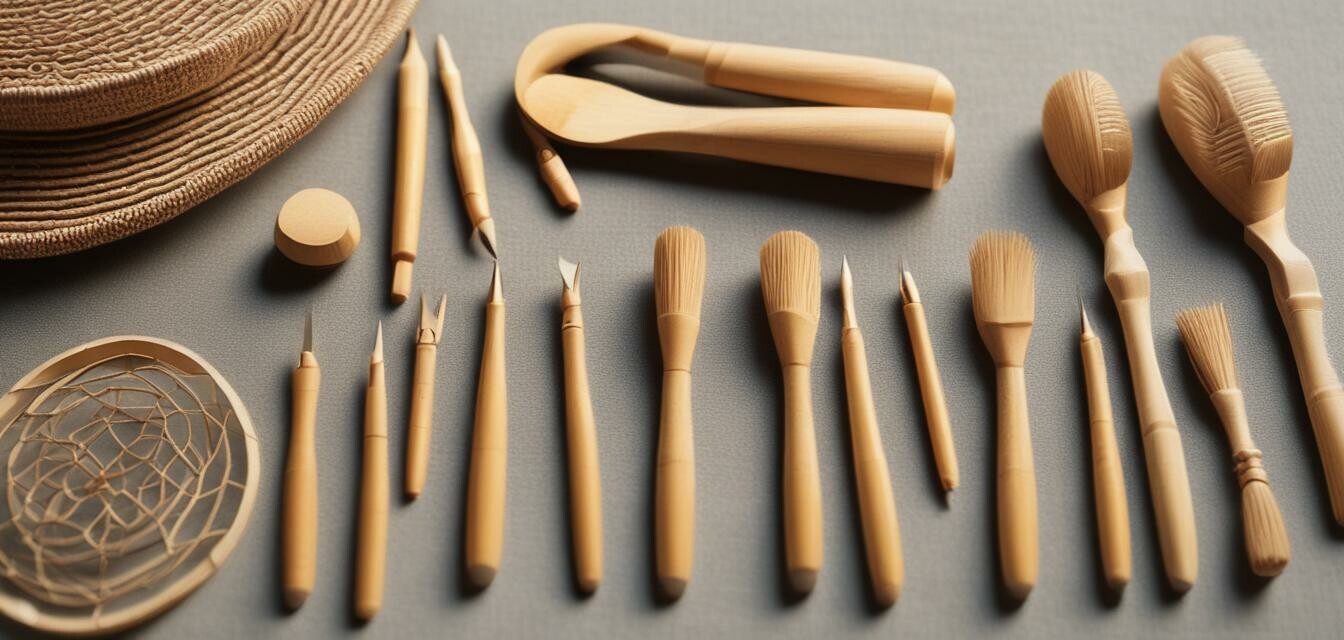
Tips for Beginners on Eco-Friendly Cleaning
- Start with simple DIY solutions before investing in products.
- Create a cleaning schedule to maintain your tools regularly.
- Explore your local thrift shop for second-hand, yet usable, beauty tools.
- Join online communities that focus on green beauty.
The Impact of Eco-Friendly Practices
When you choose to implement eco-friendly cleaning methods, you contribute positively to the environment. From reducing chemical pollution to cutting down on plastic waste, every small change helps make a big difference. Together, we can promote a healthier planet while taking care of our beauty needs.
Pros
- Reduces chemical exposure from cleaning products.
- Minimizes waste through sustainable purchasing choices.
- Promotes better skin health with regular cleaning.
- Supports environmentally responsible brands.
Cons
- Some DIY solutions may require more time to prepare.
- Not all eco-friendly products are easily accessible.
- The effectiveness of natural cleaners can vary.
Conclusion
Eco-friendly beauty tool hygiene is not just a trend; it’s a responsible choice that benefits both your skin and the planet. By using sustainable products and methods, you can maintain your beauty tools while promoting a healthier environment. Remember, every little effort contributes to a larger cause—so take that first step towards eco-friendly beauty today!
Explore More
To dive deeper into specific eco-friendly product categories, check out our other articles:
